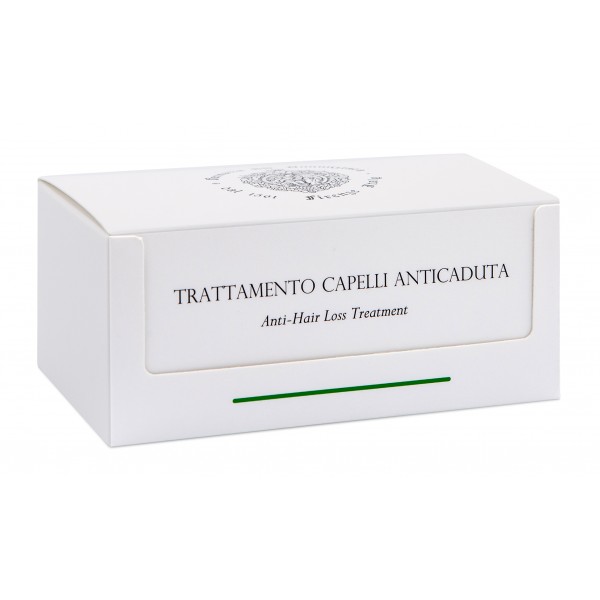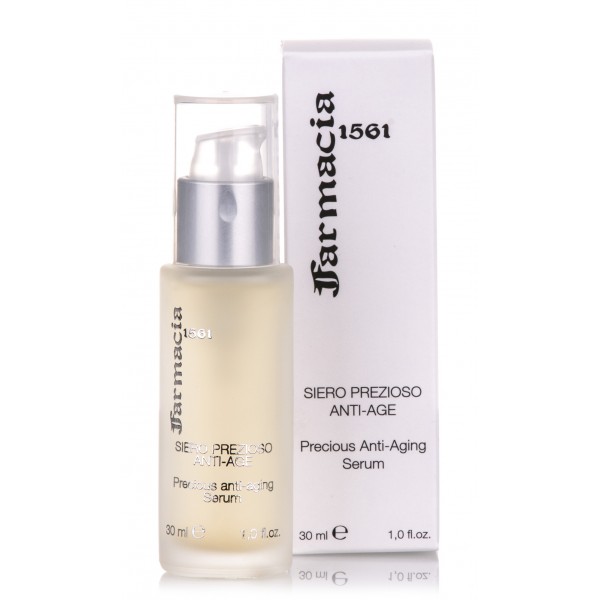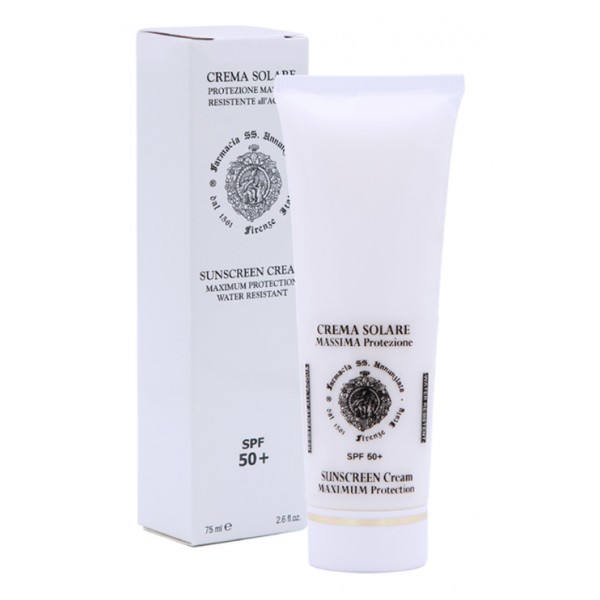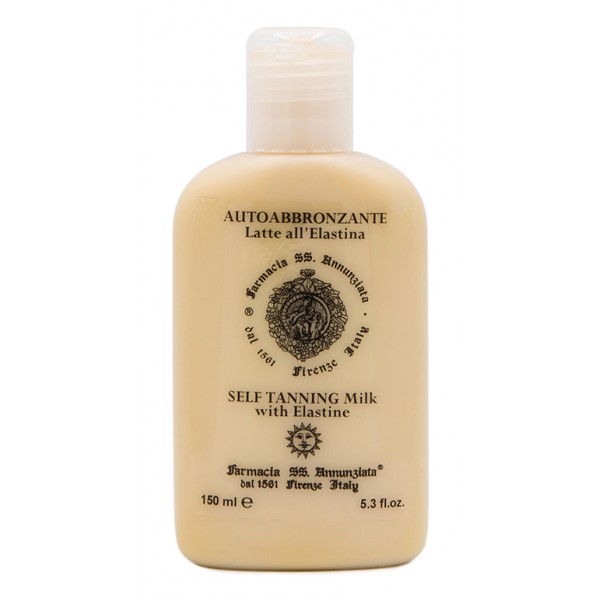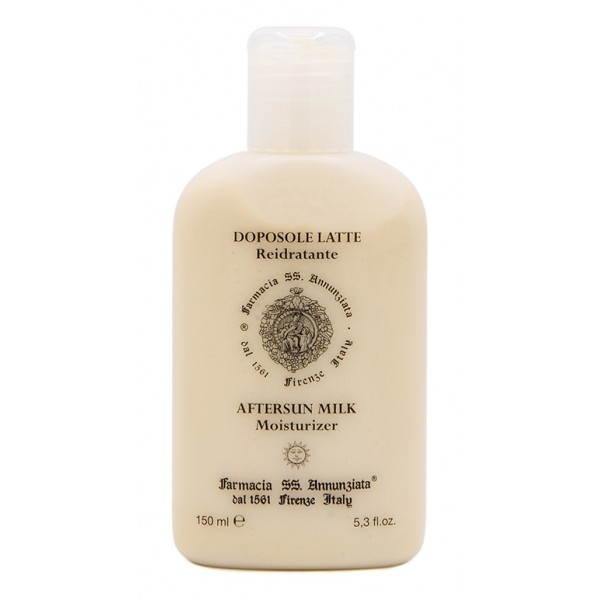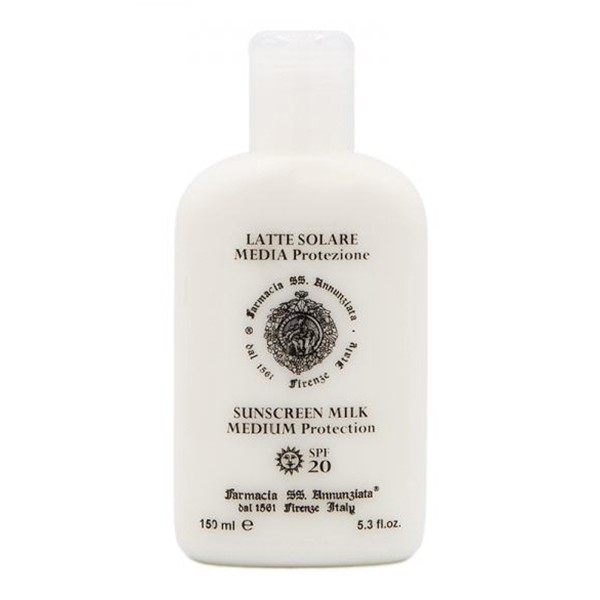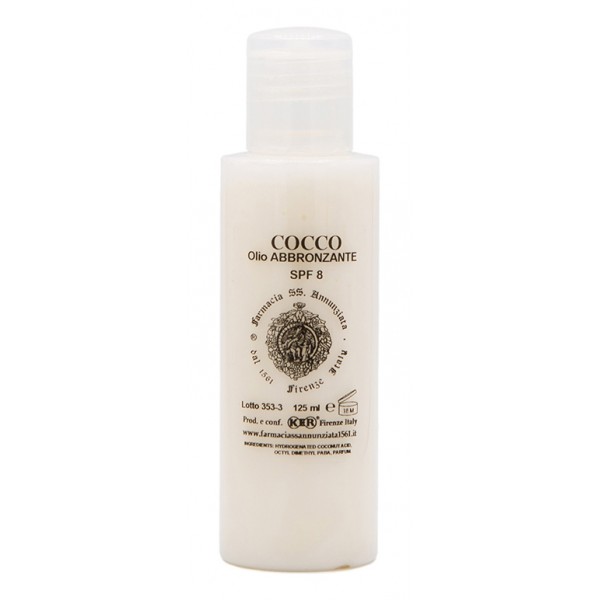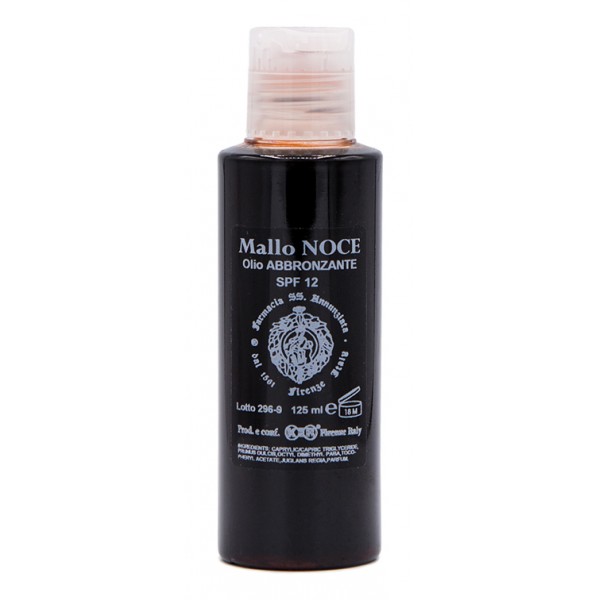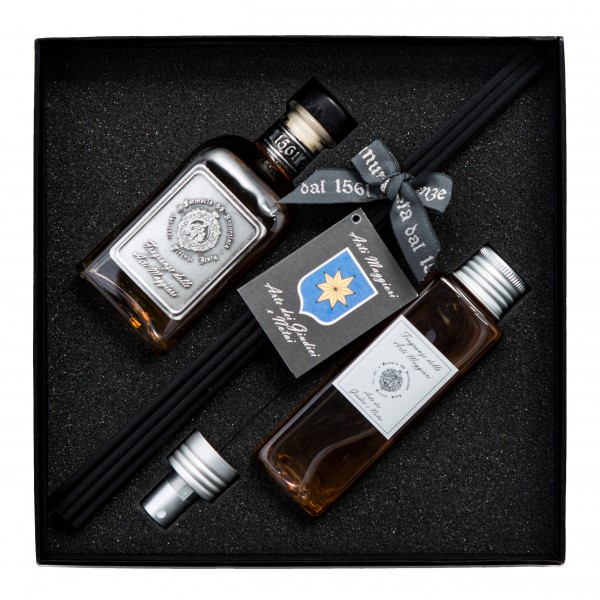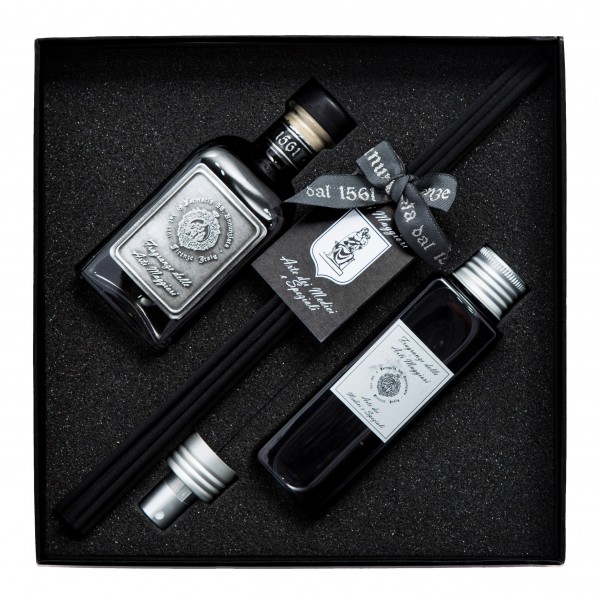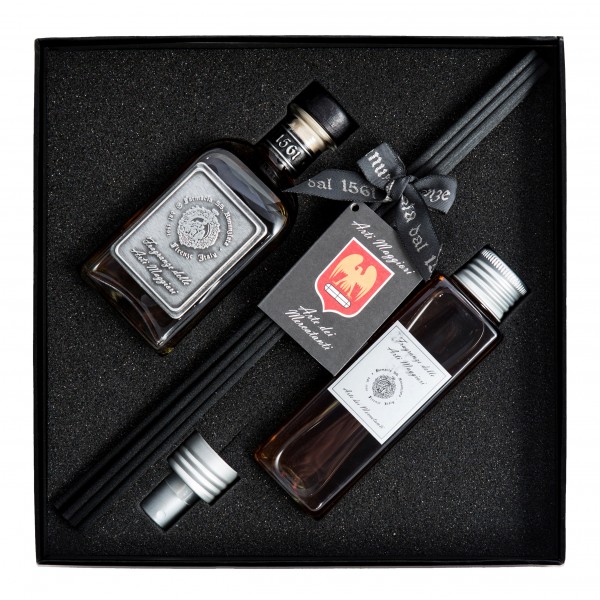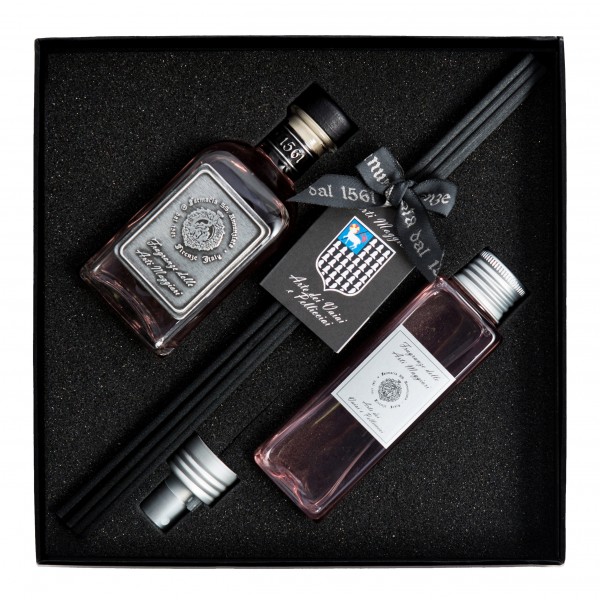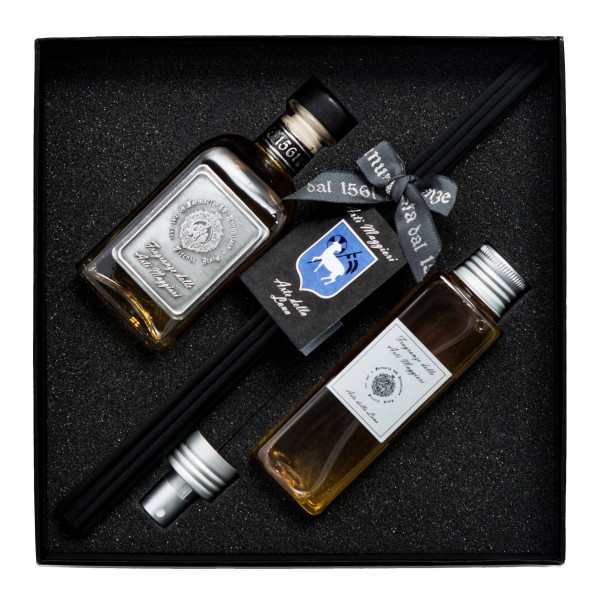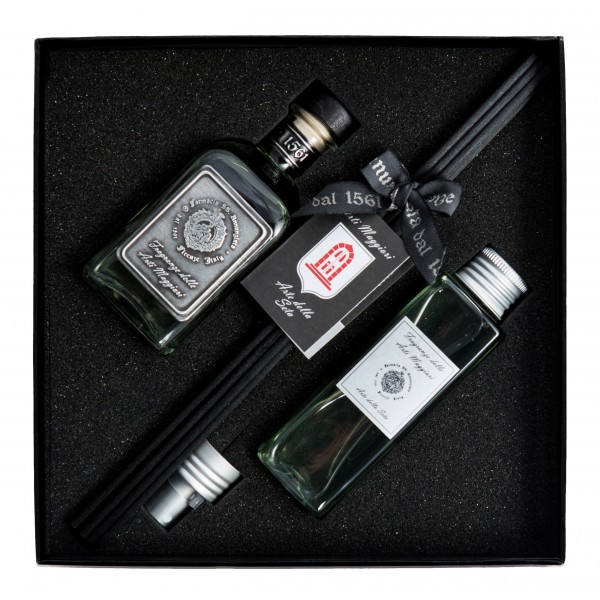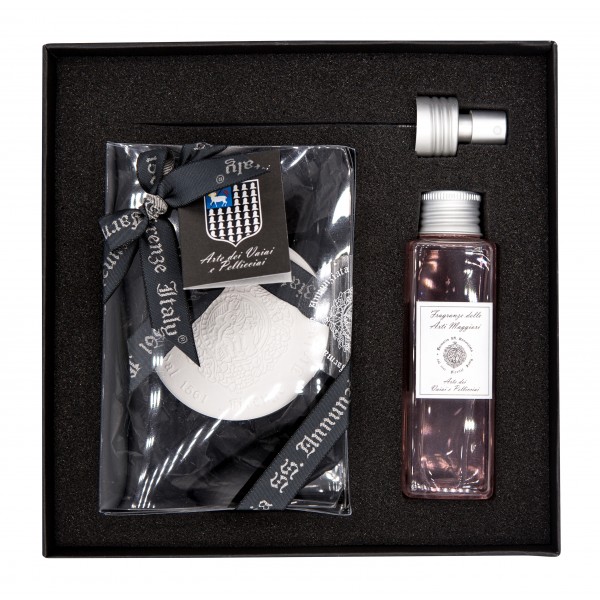No products
Categories
- Fashion Accessories
- Clothing
- Beauty & Lifestyle
-
Hi-Tech & Lifestyle
- Gaming
-
Case
- iPhone 11 Pro
- iPhone 11 Pro Max
- iPhone 11
- iPhone X / XS
- iPhone XS Max
- Samsung S10 / S10+ / S10e
- Huawei P30 / P30 Pro / P30 Lite
- Huawei P20 / P20 Pro / P20 Lite
- iPhone XR
- Samsung S9
- Samsung S9+
- iPhone 8 / 7
- iPhone 8 Plus / 7 Plus
- Samsung S8
- Samsung S8+
- Samsung S7
- Samsung S7 Edge
- iPhone 6 / 6 s
- iPhone 6 Plus / 6 s Plus
- iPhone 5 / SE
- Skin
- Audio
- Smart Home
- Drones & Hoverboard
- Photo & Video
- Desk Supplies
- Accessories
- Games
- Beverages
- Food
- Home
- Jewelry
- Luxury
- Travel
- Art
- Footwear
- Vintage Fashion
- Restaurants
- Sport
- Animals
- Gift Ideas
- Kidswear
Extra
Farmacia SS. Annunziata 1561
None of The Old Traditions have Been Lost. None of The Benefits of Modern Technology have Been Neglected
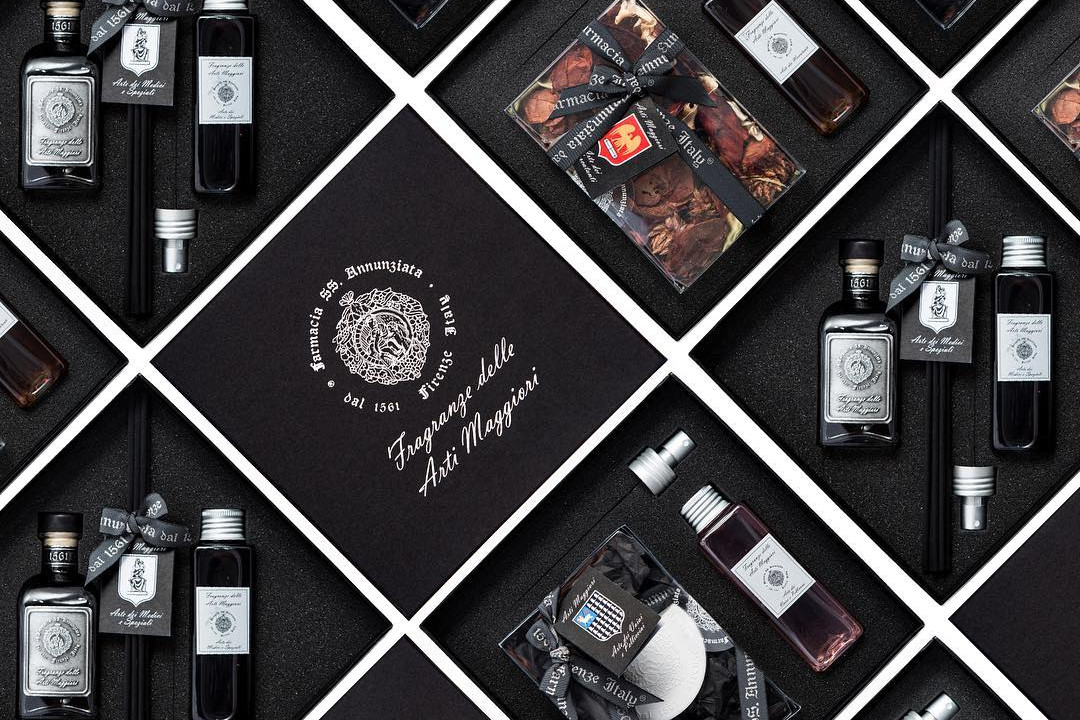
Concept
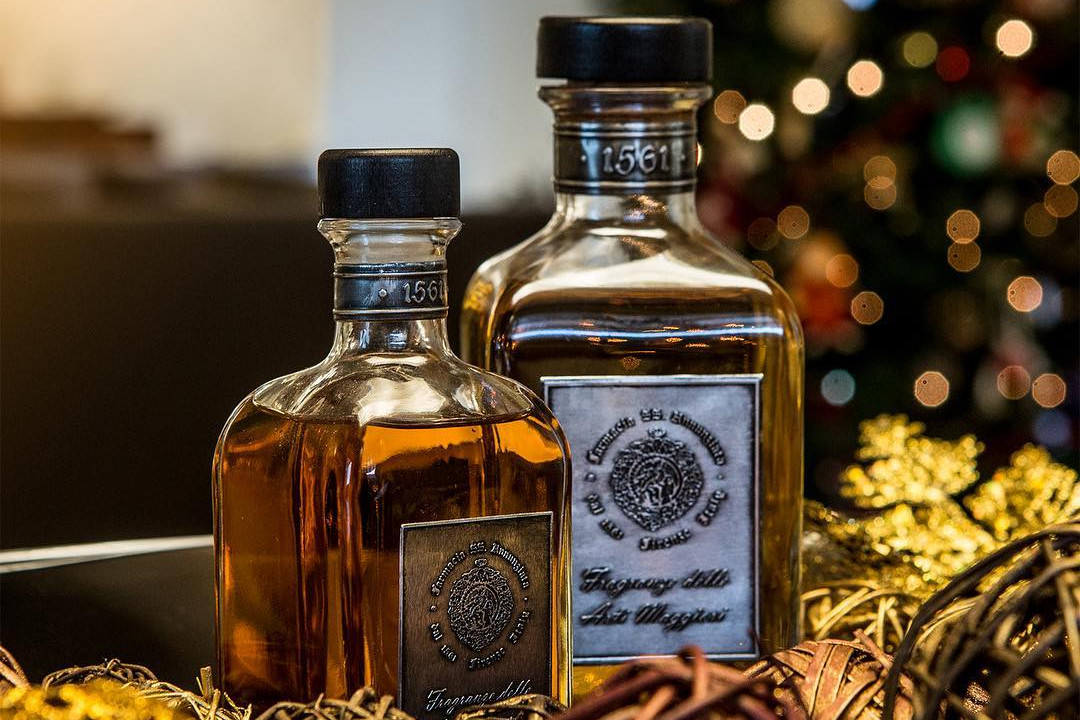
In 1561 the chemist Domenico di Vincenzo di Domenico Brunetti was the first manager of the Santissima Annunziata Pharmacy about whom we have information. (A.S.F. – Decima Granducale 3784 cc. 110v. – 111r A.S.F. – Arte dei Medici e Speziali, 12, c.123v.).

Since that time the Farmacia Santissima Annunziata has always mantained, apart from the usual prestige typical of every pharmacy at that age, a special tradition in preparing galenic prescriptions and products for hygiene and the beauty of the skin.
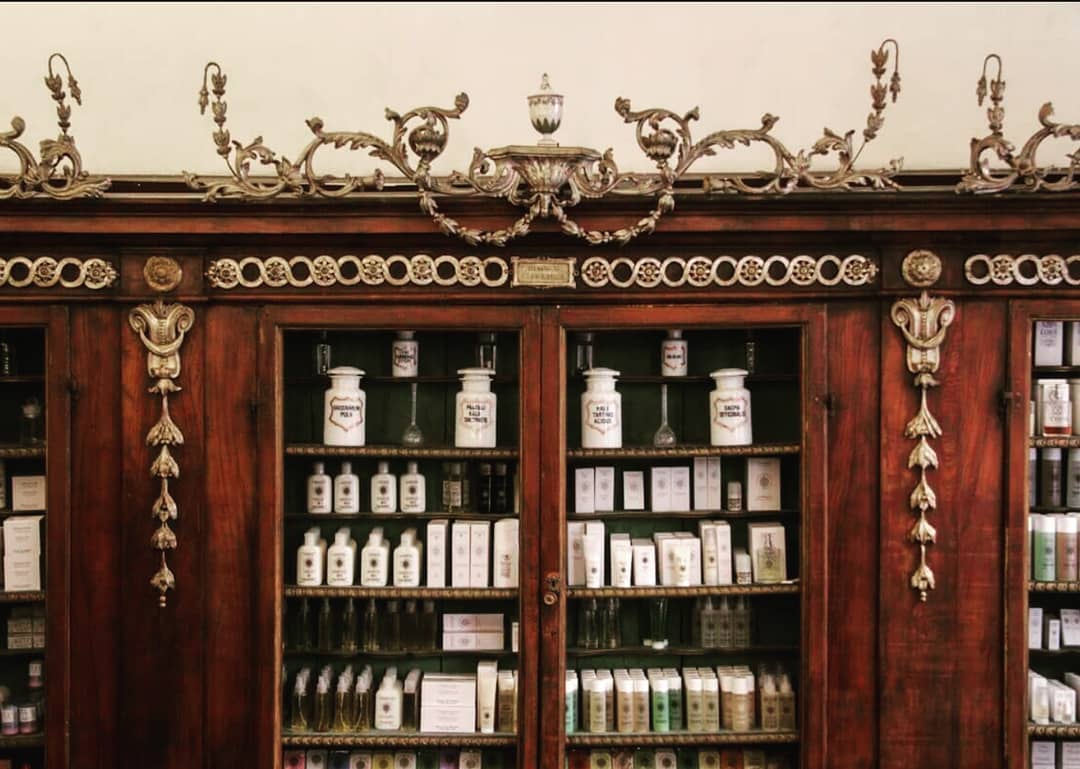
We have graduated, from ancient processes completely handmade, with pestle and mortar, to special quality controlled preparations made with modern and safe machinery, giving special attention to high standards and throughly researching our prescriptions which are made both with traditional and new raw products.

Our ancient tradition has been mantained and the standards of our products have become, if possible, better and safer.
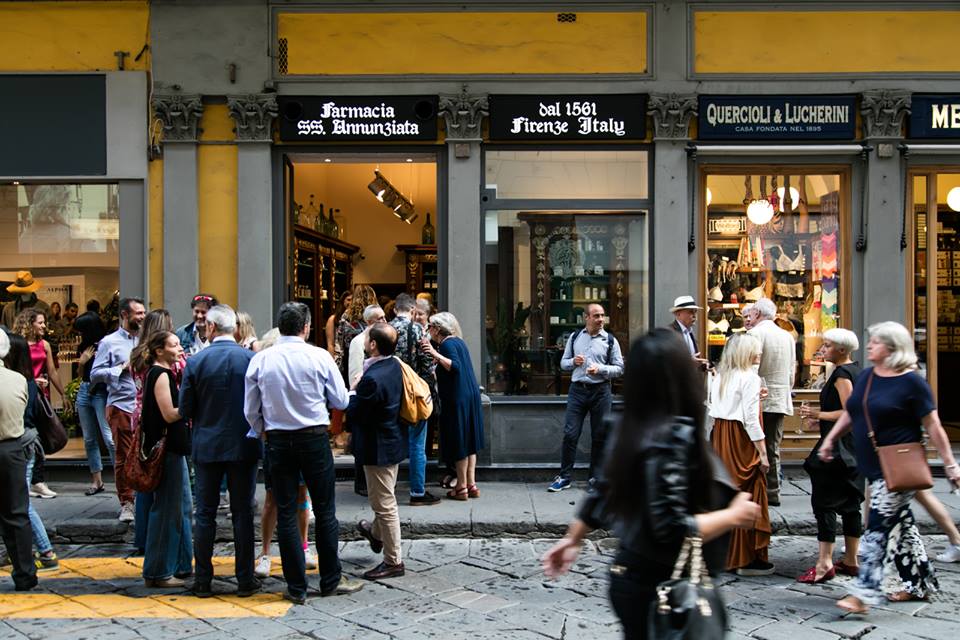
The Farmacia SS. Annunziata uses only the highest quality ingredients available on the global market and preparation is done with precision using advanced, high-tech machinery. The finished product is always fresh and in accordance with all current technical and legislative standards and the psychophysical needs of the client, as well as the needs of the skin according to the climate and/or seasonal changes, are always carefully considered in the making of both new and old products.
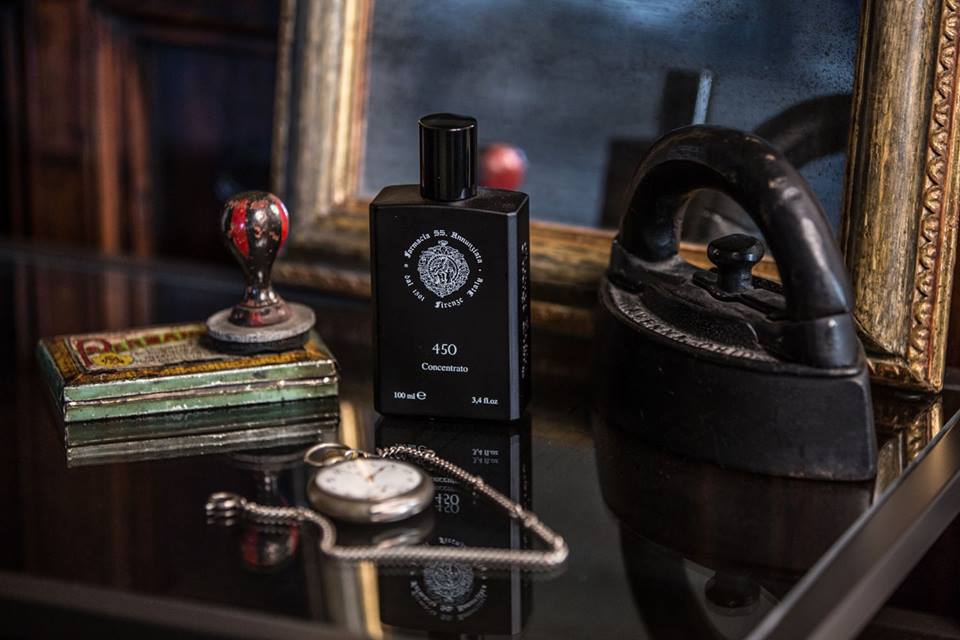
History
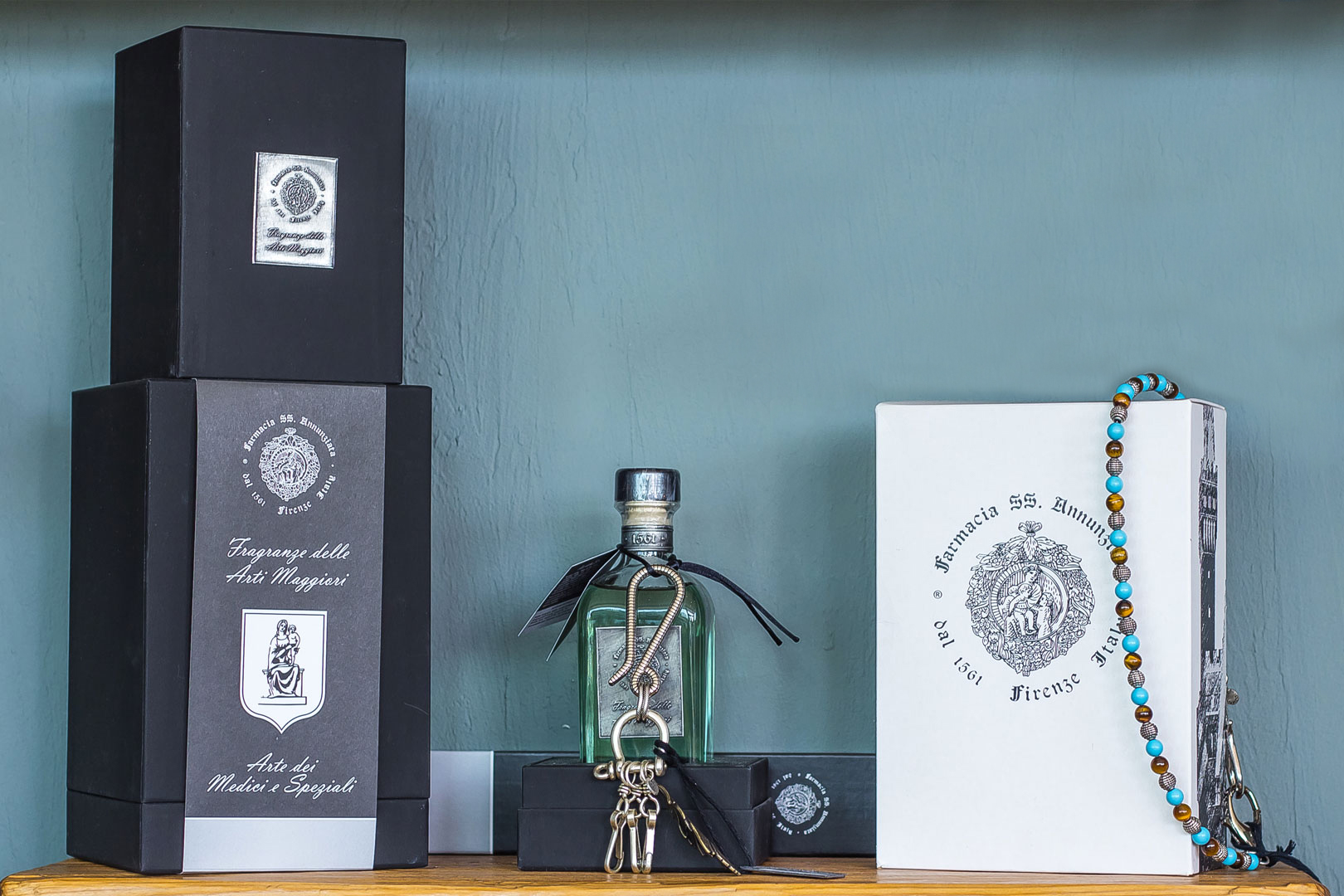
The Farmacia SS. Annunziata of Florence is located at Via dei Servi 30 (black) and 80 (red) in a building that dates back to 1400.
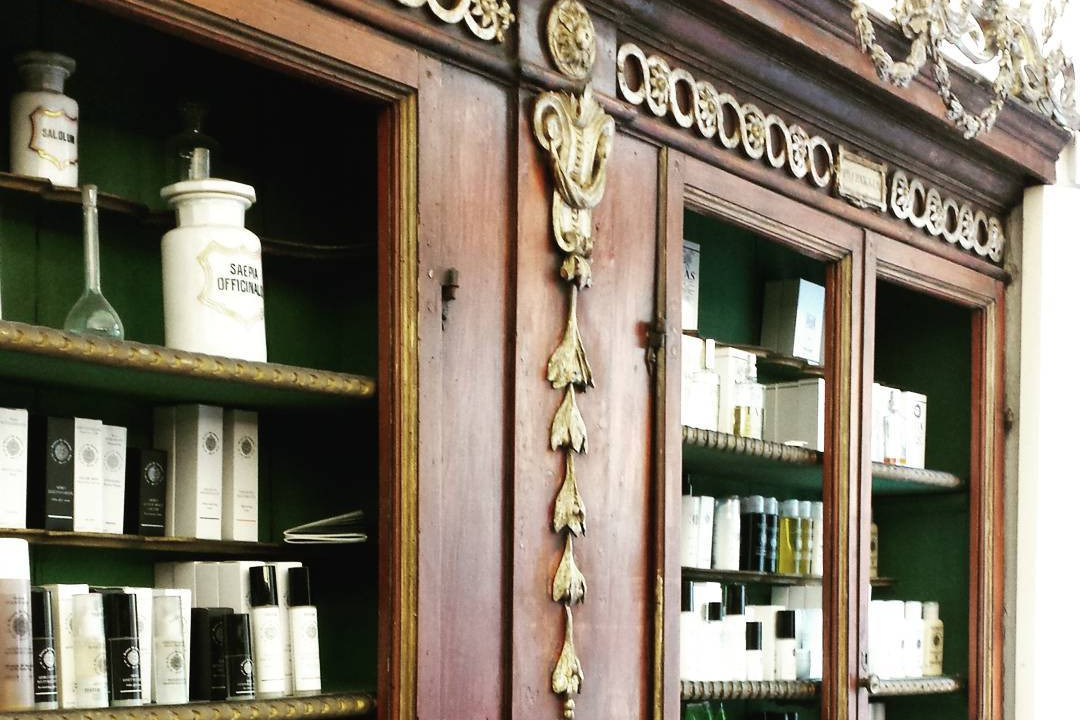
At the top of the first story facade is a pietra serena stone sculpture of an eagle bearing a ball on its back. The history of this coat of arms dates back to 1200.Between the twelfth and thirteenth centuries, the Arti di Firenze (Guilds of Florence), which were guilds of arts and crafts, began to take shape.
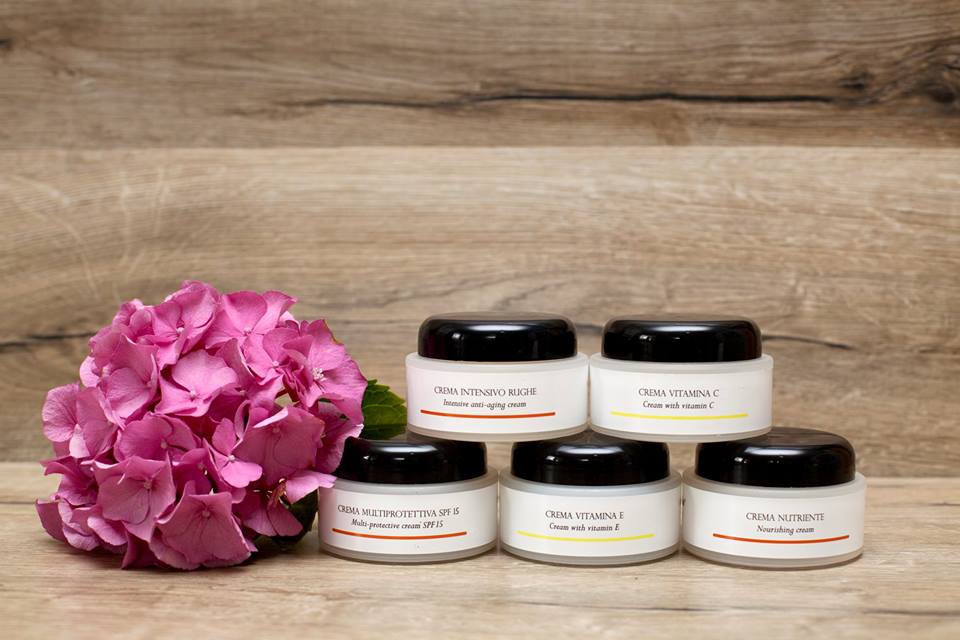
These were initially created as lay associations for the defence and pursuit of common goals that brought together those who worked in the same profession or those who practised the same trade.
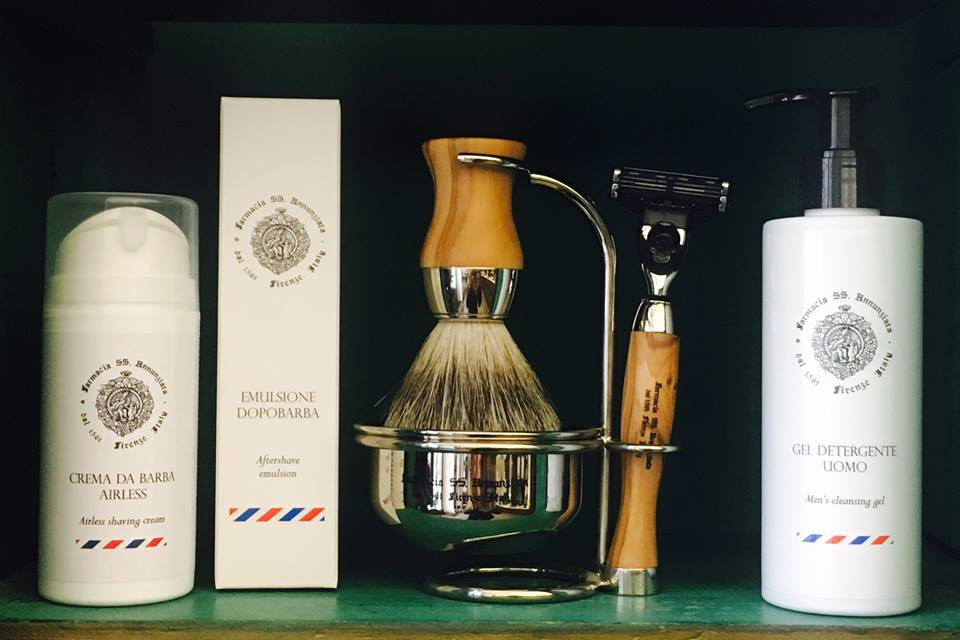
The extraordinary economic developments that permitted Florence to become one of the richest and most powerful cities in medieval Europe are owed in large part to these guilds.
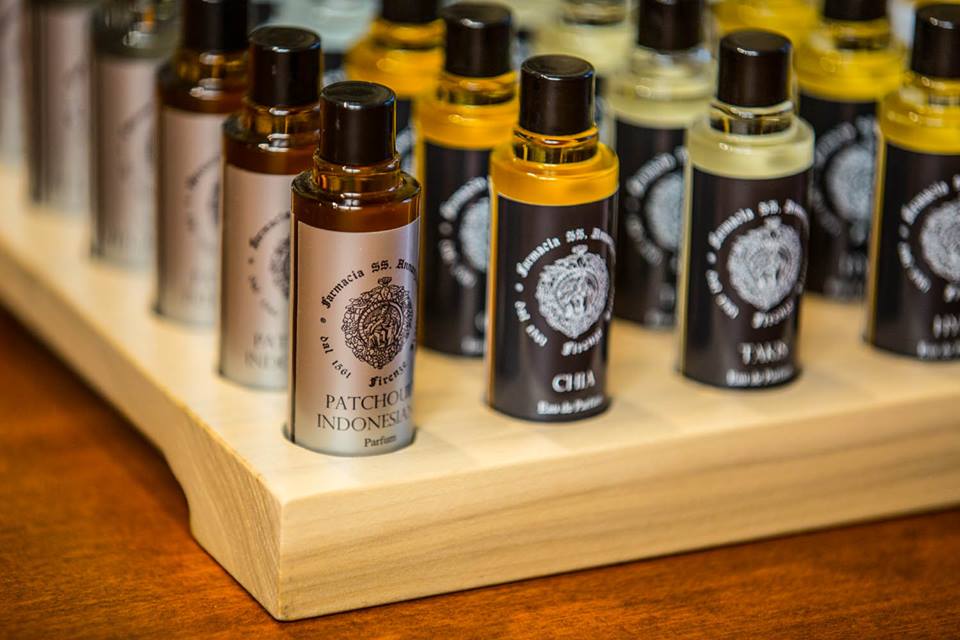
Seven guilds called the Arti Maggiori (Major Guilds) and another fourteen called the Arti Minori (Minor Guilds) were formed.Those belonging to the former managed and administered large interests and were able to create commercial and financial relationships in many parts of the world.
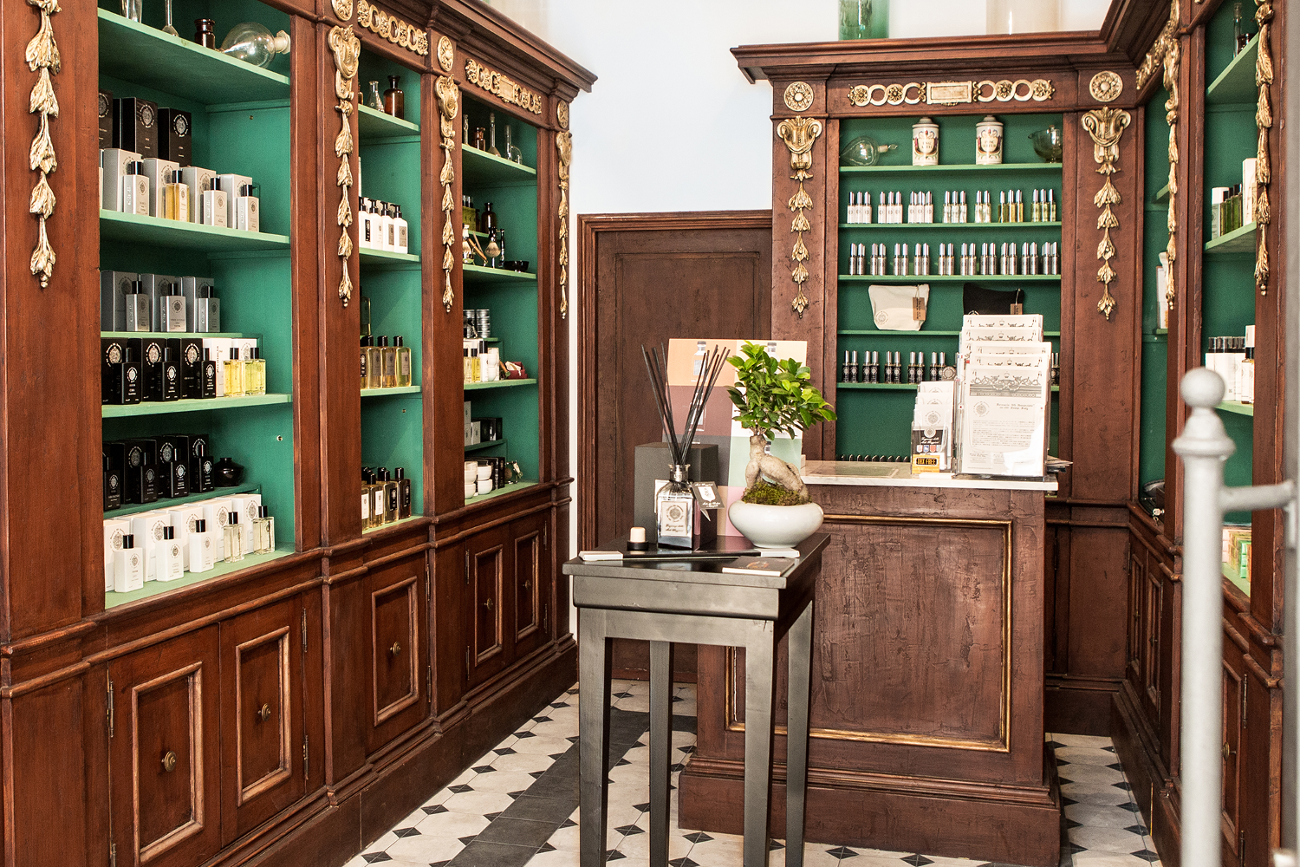
The Arti Minori were guilds of a purely artisan character. Their services were limited to a local sphere and their involvement in politics was generally far more restricted than that of the Arti Maggiori.
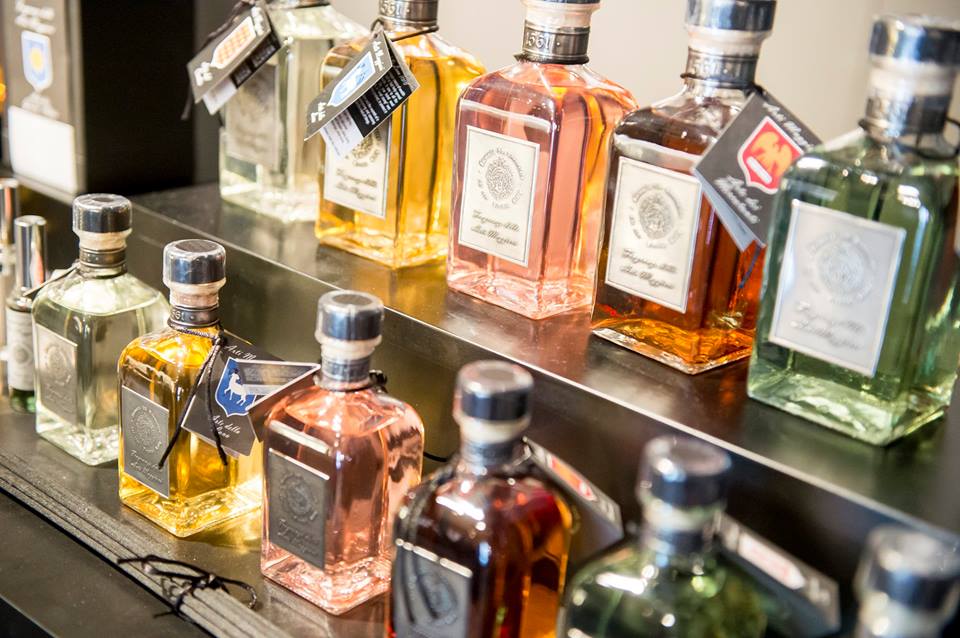
One of the richest and most powerful of the Arti Maggiori guilds in Florence was the Arte dei Mercatanti or di Calimala (a guild of cloth finishers and merchants) who had shops in Via Calimala in the centre of Florence, where many of the various guilds’ shops were located.
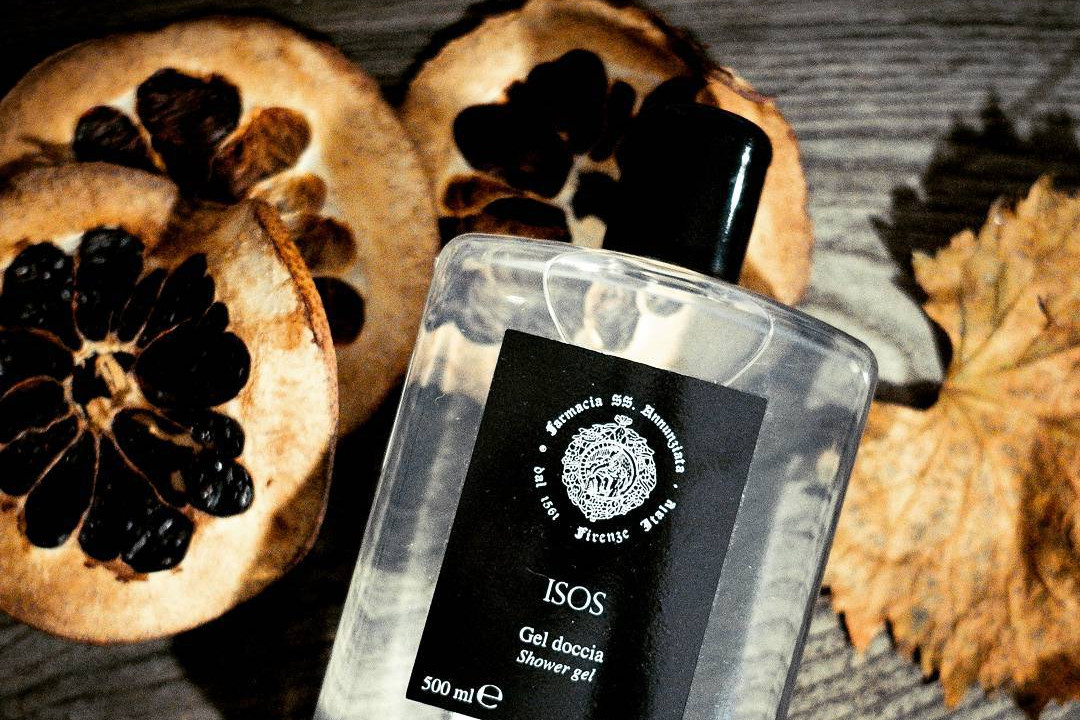
The Arte dei Mercatanti imported cloth mainly from France and England and then dyed, stretched and fulled it before re-exporting it to other countries.

The Arte dei Mercatanti is represented by a golden eagle against a red background standing upon a white bundle of cloth.
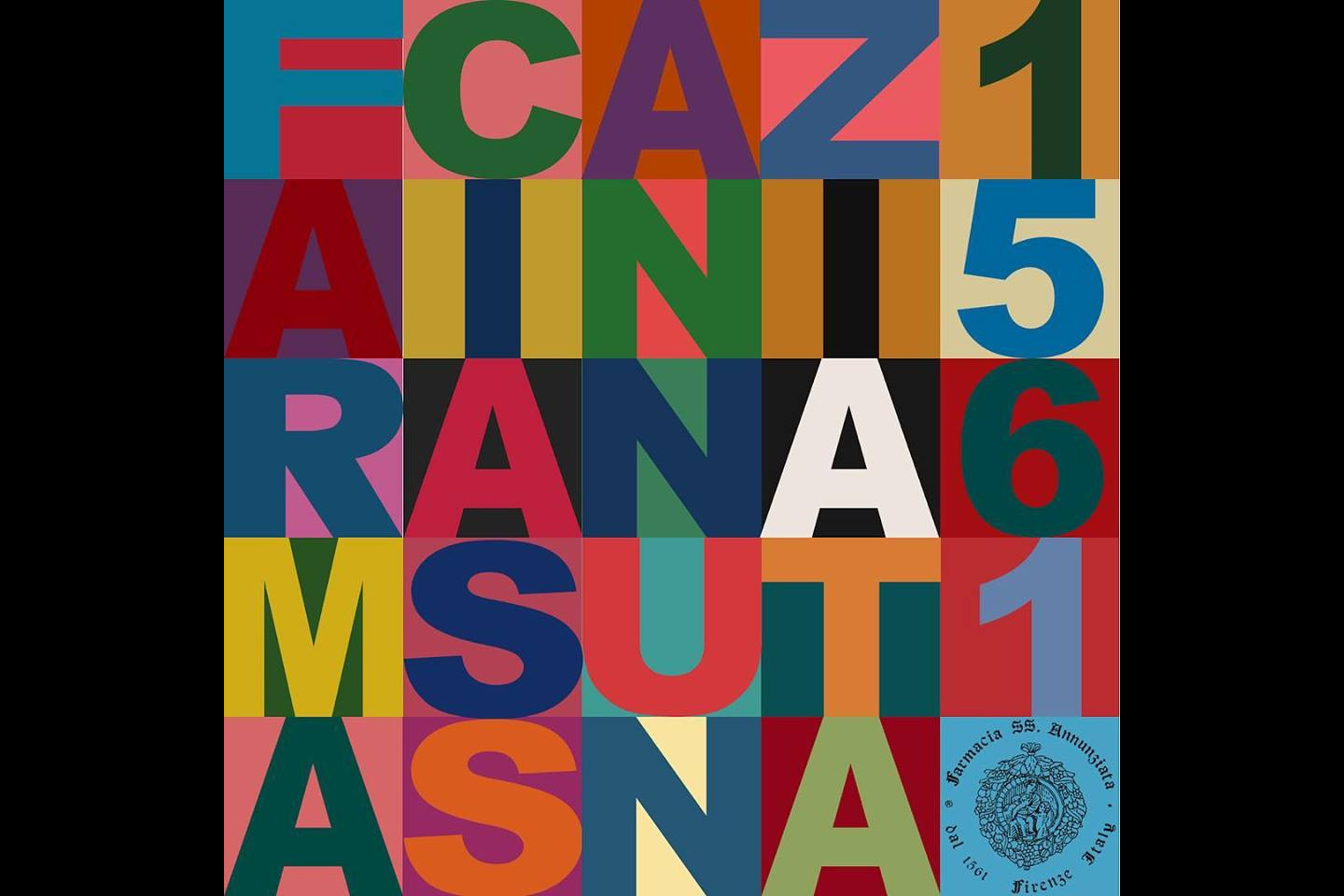
This symbol can be found on the inside of its original building situated on top of a large ball that is hoisted above the stairwell. It is the same coat of arms that is sculpted on the facade of the building where the Farmacia SS. Annunziata is located.
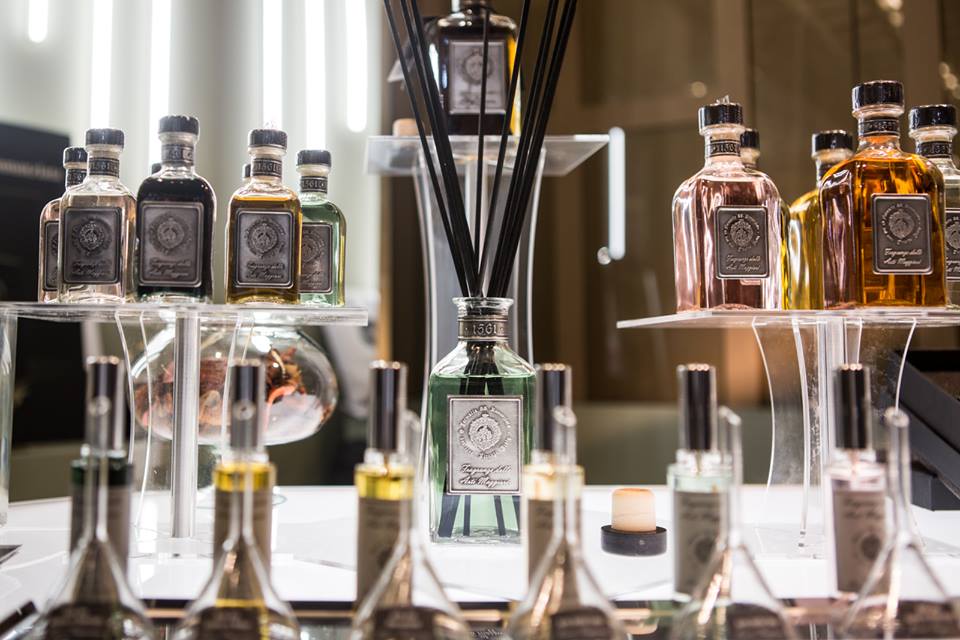
In 1298 the city began to urbanize. It was during this time that a street was formed that went directly to the area in front of the new church that was connected to the SS Annunziata Convent. Today this street is called Via dei Servi.
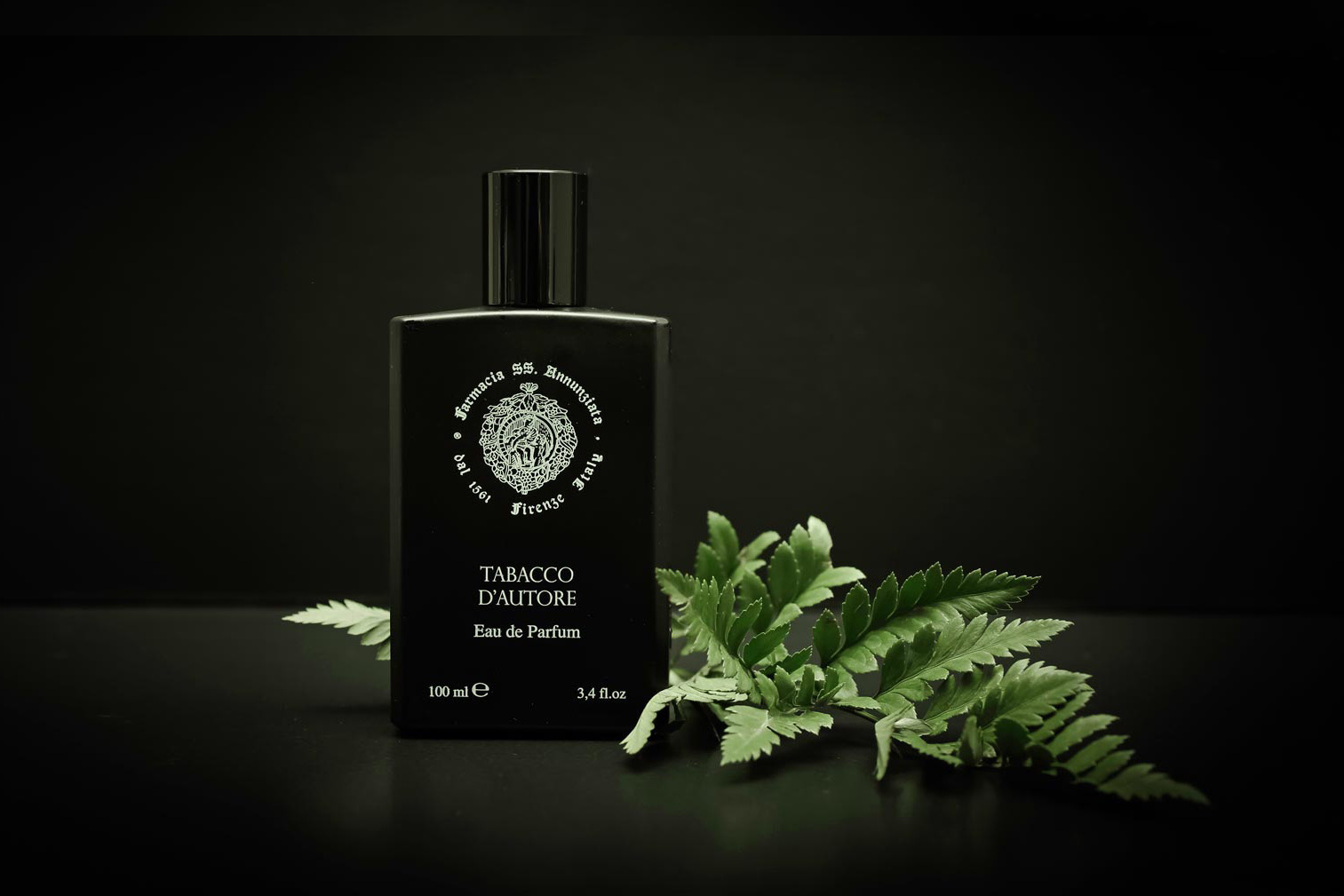
In 1419, Fillipo Brunelleschi began work on the loggia of the Ospedale degli Innocenti (Hospital of the Innocents) and in 1421 Via dei Servi was paved.

At some point between 1471 and 1482, a map was drawn up by an anonymous connoisseur of Florentine wares and artefacts that clearly shows a two-storey unitary building located between the Annunziata and the Duomo. This building could represent the houses of Via dei Servi and not the original tiratoio (the building for the stretching and drying of cloth). Two-thirds of the original tiratoio was inherited by the Arte della Lana (Guild of Silk), and the Arte dei Mercatanti inherited the remaining one-third.
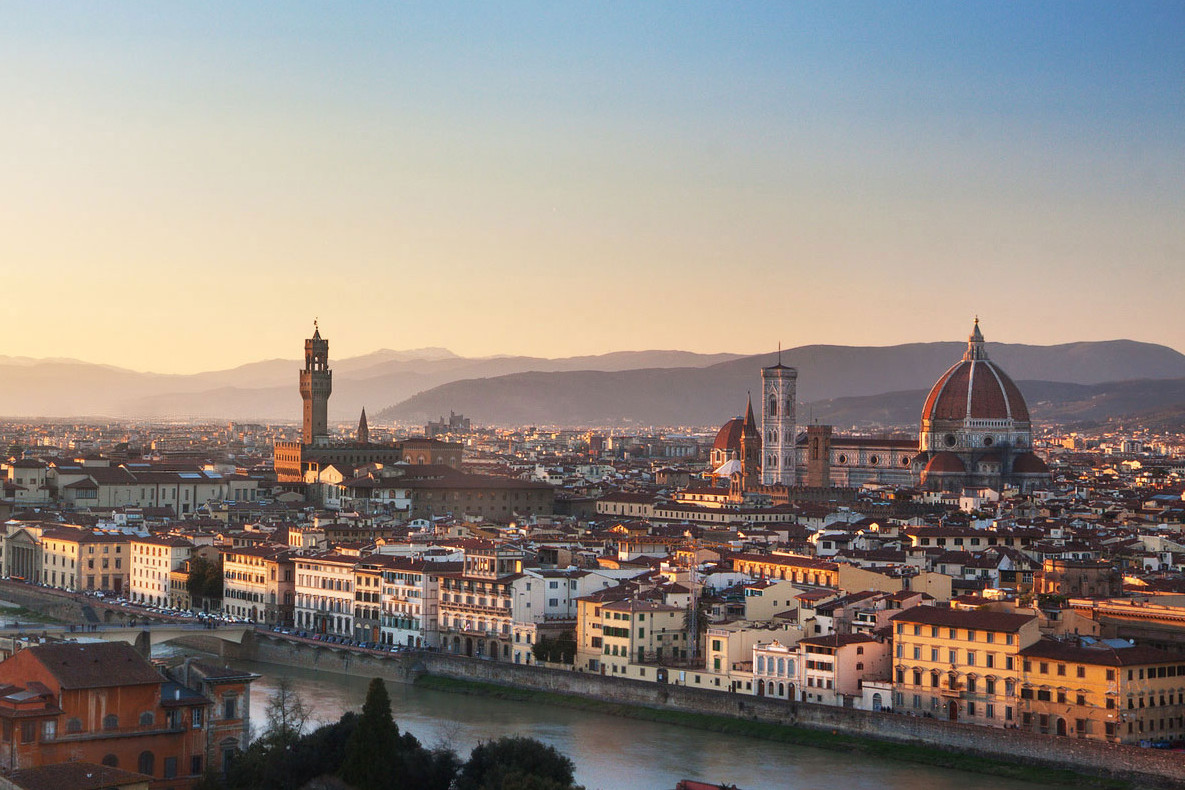
The tiratoio was eventually demolished by both guilds and it is believed that they may have then built 13 houses (9 and 4, respectively) as evidenced by the positioning of the coat of arms of each guild. The building in which the pharmacy is located is amongst those built by the Arte dei Mercatanti di Calimala, as shown by the coat of arms on the building.
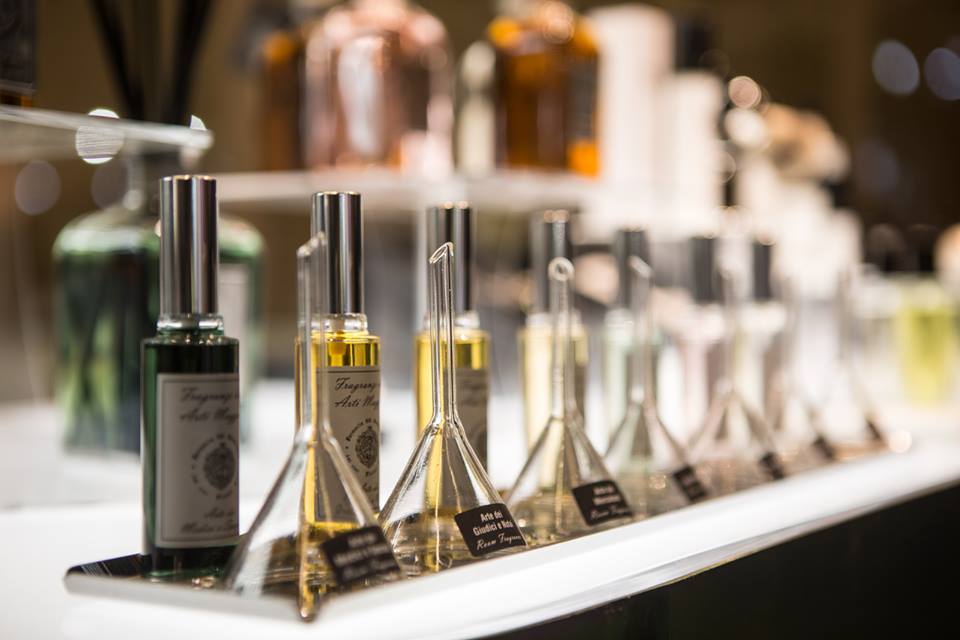
The Decima Granducale of 1561 is the first document that evidences the existence of the 13 houses. This document is a written land registry in which can be found the diligently noted names of owners and tenants along with any existing mortgages etc.
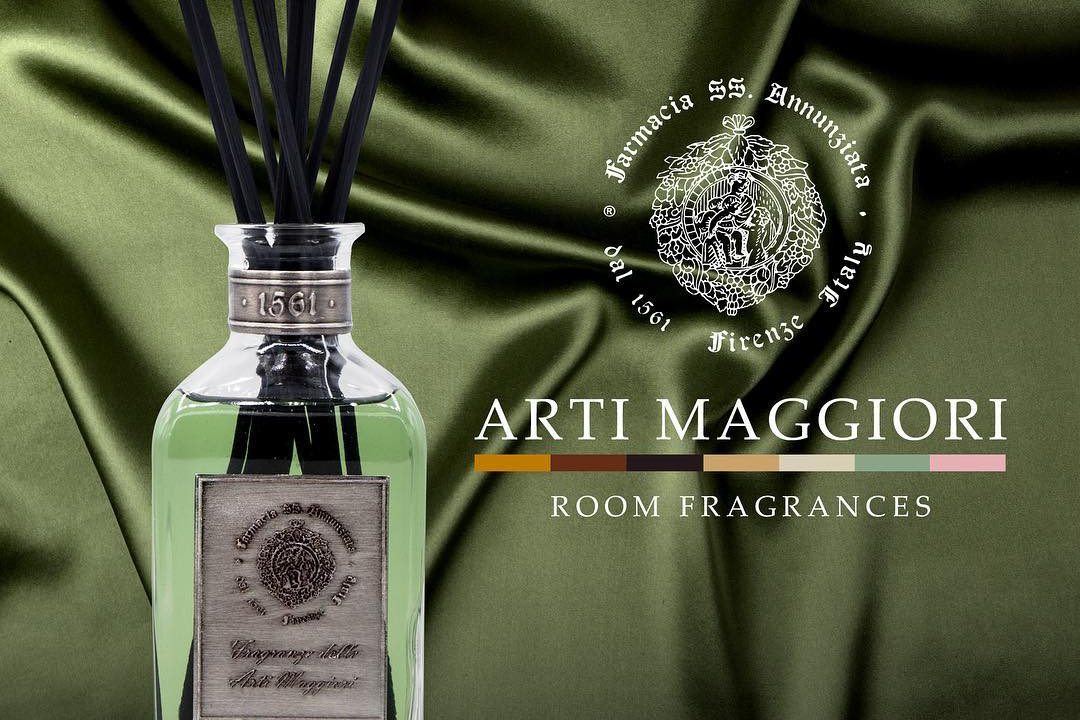
One of the volumes of the Decima, entitled Ricerca delle Botteghe a Firenze dell’anno 1561 (Research of the Florentine Shops from the year 1561), shows that a chemist’s shop existed on the second stretch of Via dei Servi which was the property of the Monache di S. Niccolò (Sisters of Saint Nicholas) and that was managed by the Domenico di Vincenzo Brunetti Apothecary (ASF, Decima Granducale 3784, cc. 110v. – 111r.).
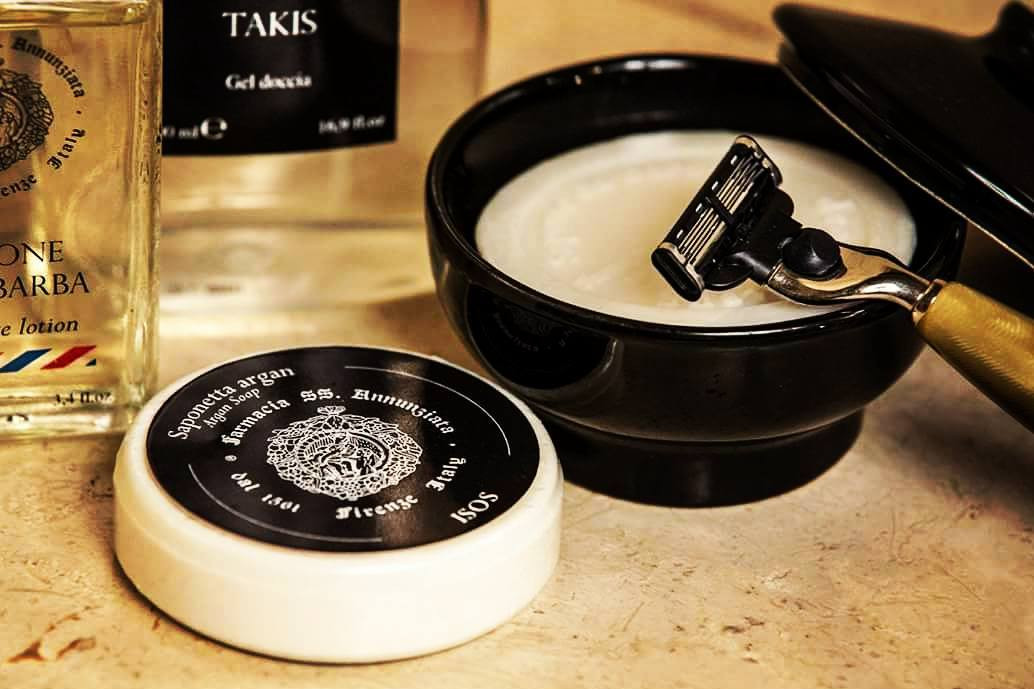
It is very possible that this is the same location where the current pharmacy sits today. Further research on Domenico Brunetti shows that he was registered on 1 Dec 1558 in the Libro rosso delle matricole di Firenze (The red registry book of Florence) for the Arte Medici e Speziali (the medical and apothecary guild) (ASF, Arte dei Medici e Speziali, 12, c. 123v.). Using this information we can reconstruct his story.

After joining the Arte dei Medici e Speziali he opened the chemist’s shop, which sold medicinal herbs and prepared medicines. The shop was located on the second stretch of Via dei Servi, which corresponds to the actual street number of 80r, and was owned by the Monache di S. Niccolò.
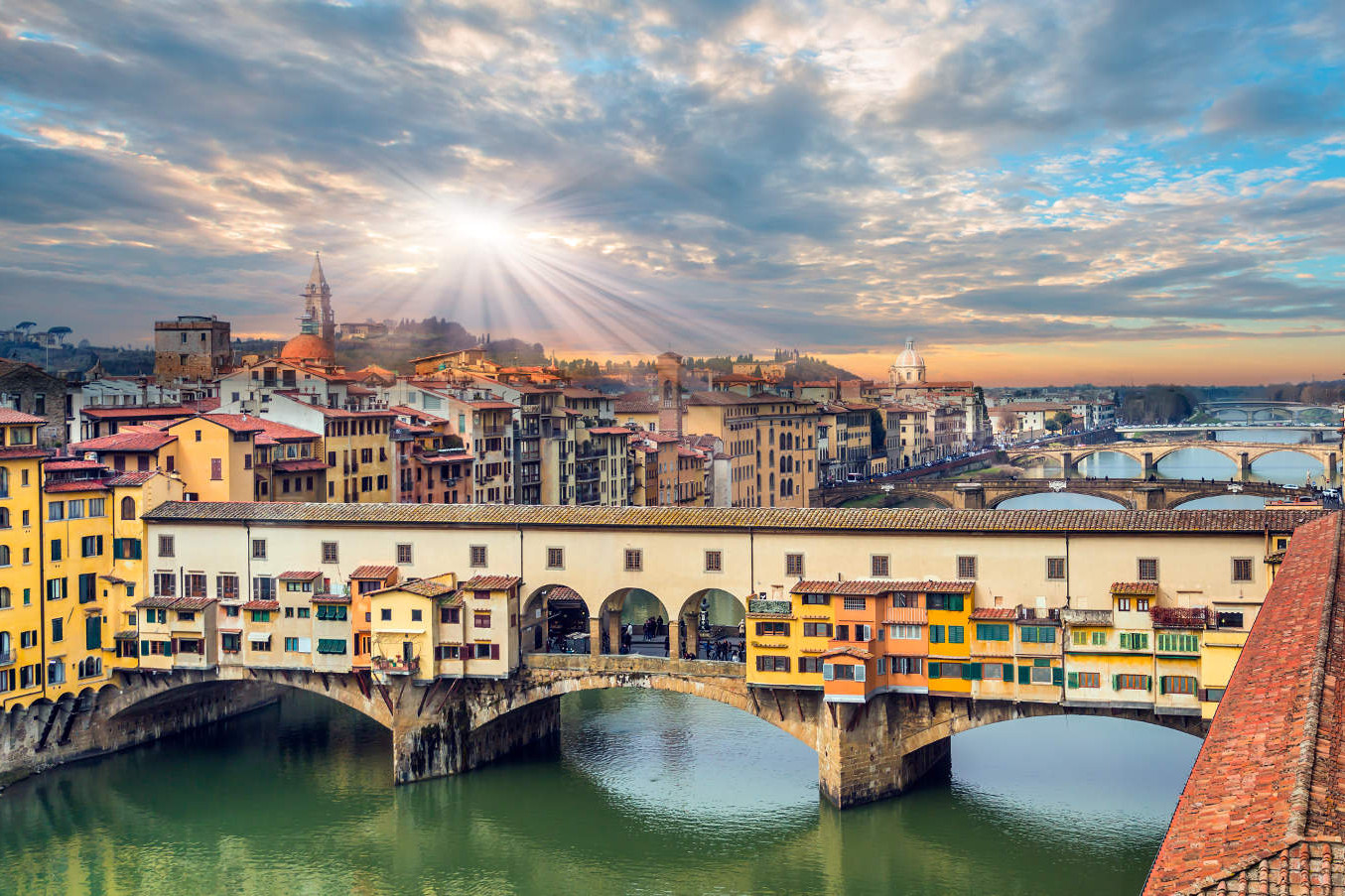
We can therefore identify the Domenico di Vincenzo Brunetti Apothecary as the first known administrator of the Farmacia SS. Annunziata in 1561.
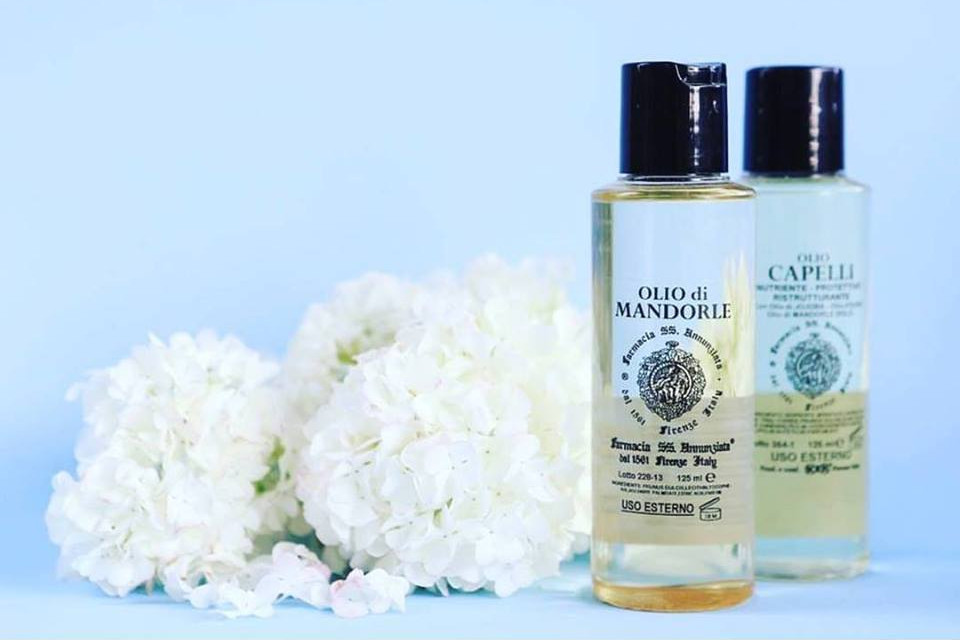
The furniture present in the pharmacy can most likely be traced back to the 18th century along with the insignia affixed to the facade of the building (the round ceramic plate framed in pietra serena with the scene of the Annunciation).
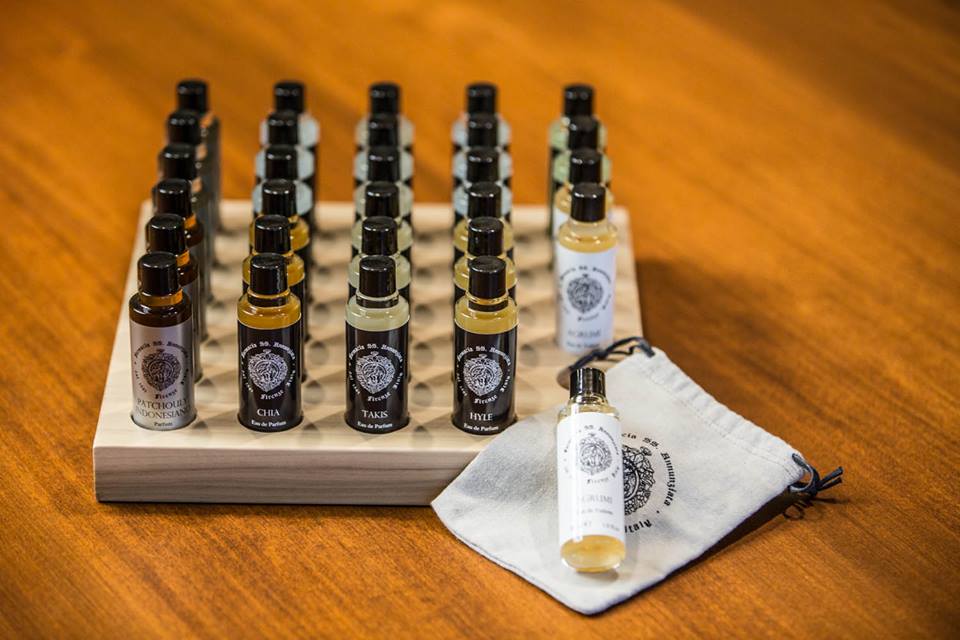
It is from this very symbol that the pharmacy derived its original name, all’insegna della SS. Annunziata (1876). (See photo at left). In 1935 it was renamed Farmacia della SS. Annunziata.
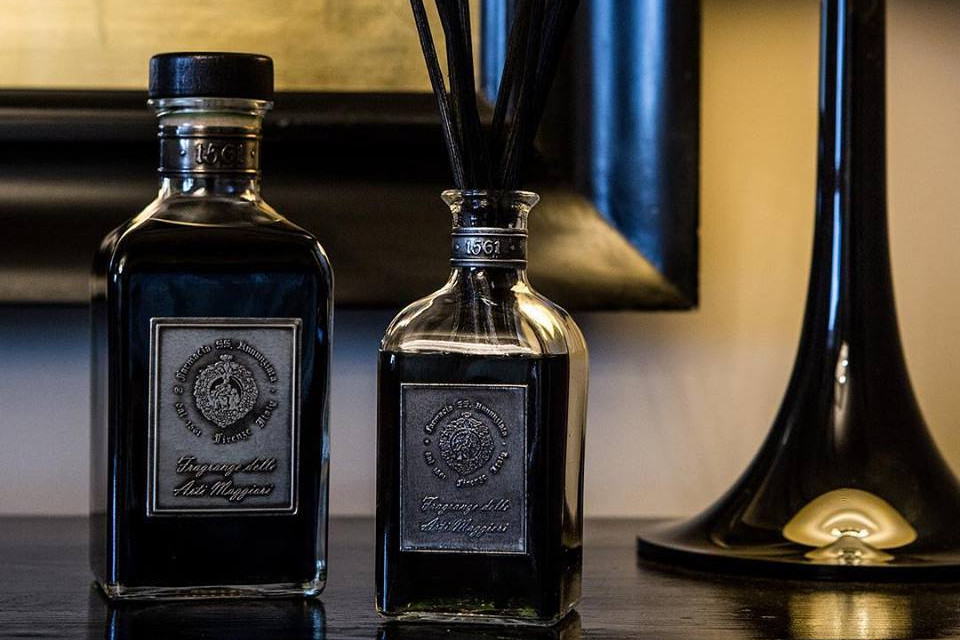
Today the pharmacy is both owned and managed by the Azzerlini family.
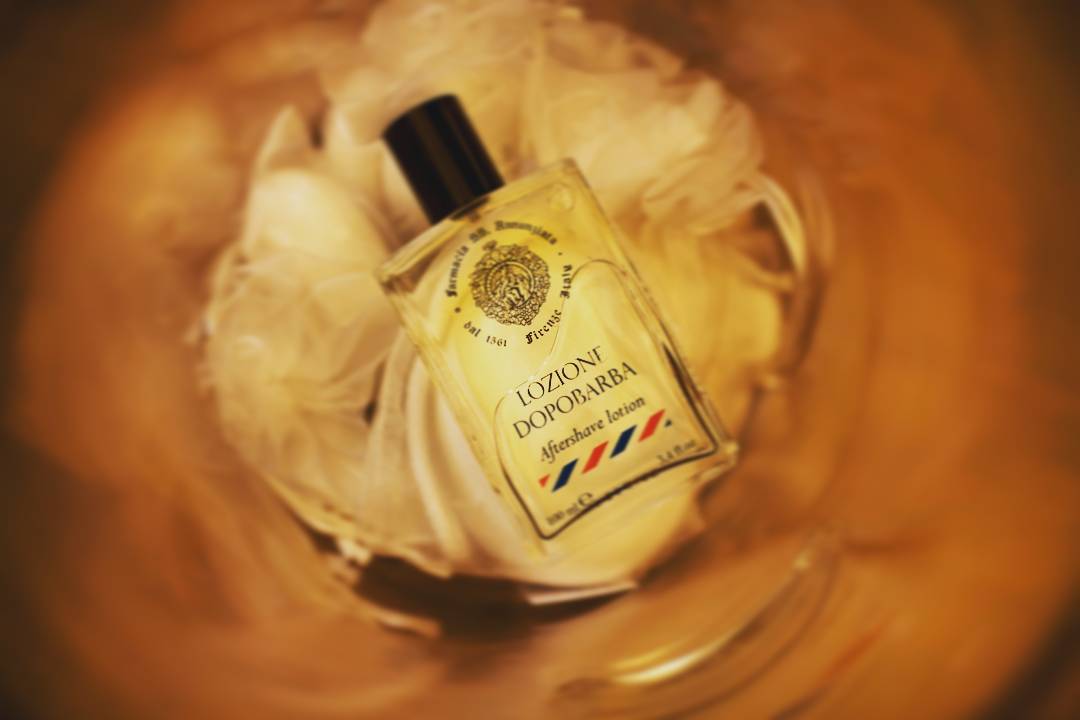
Family
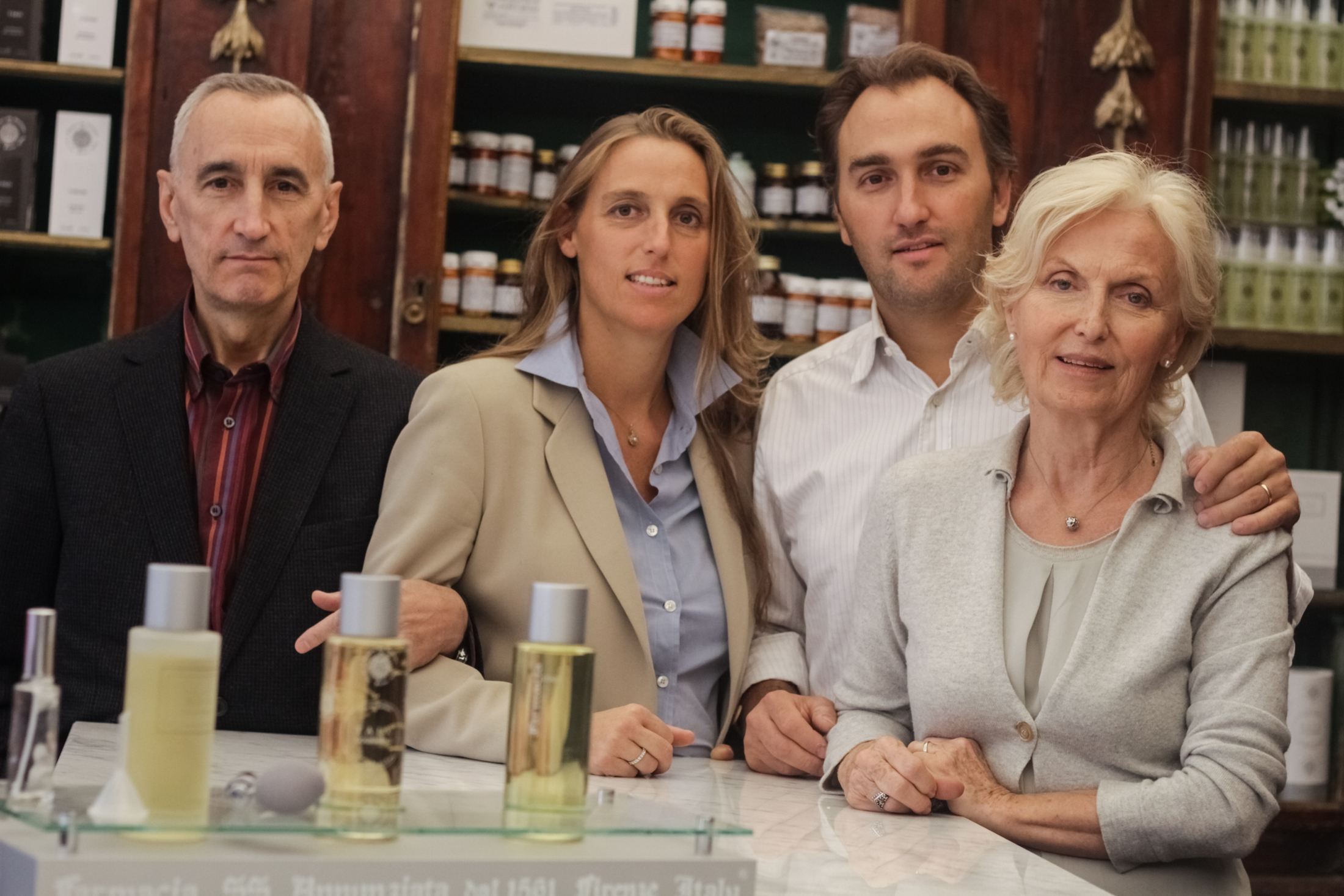
The cosmetic line by Farmacia SS. Annunziata dal 1561 Firenze Italy is produced by KER Srl.

The family is the sole owner of both companies and is composed of two pharmacists and two business executives.

By uniting the long-standing experience of the pharmacy with the modern and reliable technology of KER, we have created a happy union that has brought an efficient and functional quality to our cosmetics. The entire production cycle is under our direct control until final sale to the end client.

None of the old traditions have been lost. None of the benefits of modern technology have been neglected.
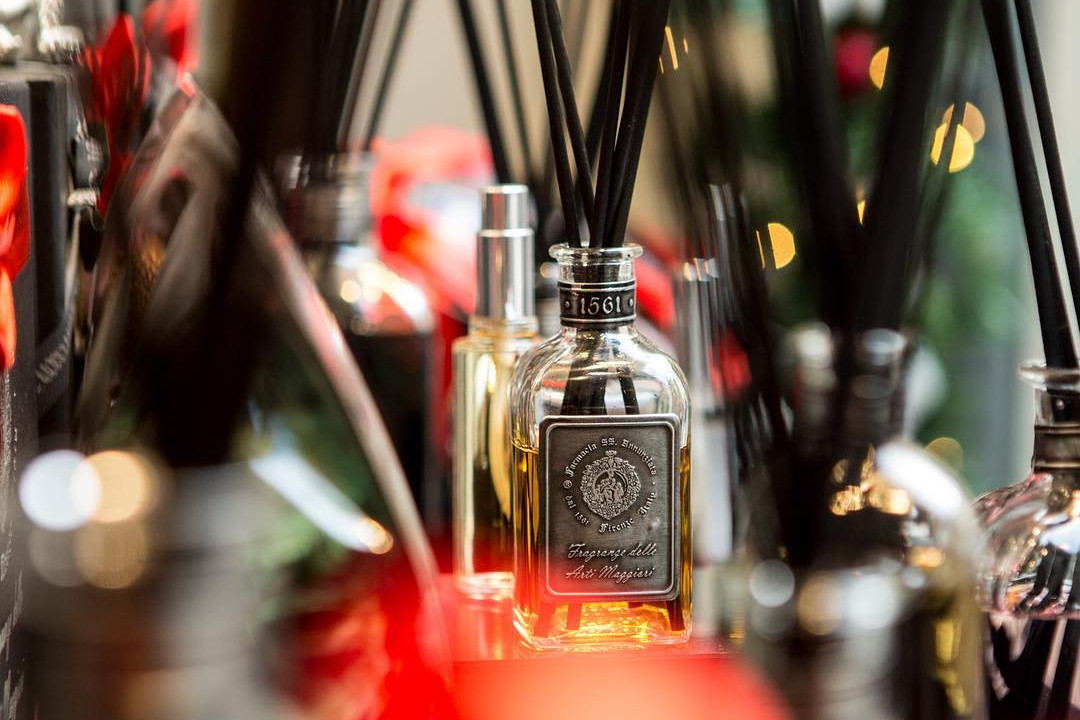
Products Farmacia SS. Annunziata 1561
Farmacia SS. Annunziata 1561
None of The Old Traditions have Been Lost. None of The Benefits of Modern Technology have Been Neglected

Concept

In 1561 the chemist Domenico di Vincenzo di Domenico Brunetti was the first manager of the Santissima Annunziata Pharmacy about whom we have information. (A.S.F. – Decima Granducale 3784 cc. 110v. – 111r A.S.F. – Arte dei Medici e Speziali, 12, c.123v.).

Since that time the Farmacia Santissima Annunziata has always mantained, apart from the usual prestige typical of every pharmacy at that age, a special tradition in preparing galenic prescriptions and products for hygiene and the beauty of the skin.

We have graduated, from ancient processes completely handmade, with pestle and mortar, to special quality controlled preparations made with modern and safe machinery, giving special attention to high standards and throughly researching our prescriptions which are made both with traditional and new raw products.

Our ancient tradition has been mantained and the standards of our products have become, if possible, better and safer.

The Farmacia SS. Annunziata uses only the highest quality ingredients available on the global market and preparation is done with precision using advanced, high-tech machinery. The finished product is always fresh and in accordance with all current technical and legislative standards and the psychophysical needs of the client, as well as the needs of the skin according to the climate and/or seasonal changes, are always carefully considered in the making of both new and old products.

History

The Farmacia SS. Annunziata of Florence is located at Via dei Servi 30 (black) and 80 (red) in a building that dates back to 1400.

At the top of the first story facade is a pietra serena stone sculpture of an eagle bearing a ball on its back. The history of this coat of arms dates back to 1200.Between the twelfth and thirteenth centuries, the Arti di Firenze (Guilds of Florence), which were guilds of arts and crafts, began to take shape.

These were initially created as lay associations for the defence and pursuit of common goals that brought together those who worked in the same profession or those who practised the same trade.

The extraordinary economic developments that permitted Florence to become one of the richest and most powerful cities in medieval Europe are owed in large part to these guilds.

Seven guilds called the Arti Maggiori (Major Guilds) and another fourteen called the Arti Minori (Minor Guilds) were formed.Those belonging to the former managed and administered large interests and were able to create commercial and financial relationships in many parts of the world.

The Arti Minori were guilds of a purely artisan character. Their services were limited to a local sphere and their involvement in politics was generally far more restricted than that of the Arti Maggiori.

One of the richest and most powerful of the Arti Maggiori guilds in Florence was the Arte dei Mercatanti or di Calimala (a guild of cloth finishers and merchants) who had shops in Via Calimala in the centre of Florence, where many of the various guilds’ shops were located.

The Arte dei Mercatanti imported cloth mainly from France and England and then dyed, stretched and fulled it before re-exporting it to other countries.

The Arte dei Mercatanti is represented by a golden eagle against a red background standing upon a white bundle of cloth.

This symbol can be found on the inside of its original building situated on top of a large ball that is hoisted above the stairwell. It is the same coat of arms that is sculpted on the facade of the building where the Farmacia SS. Annunziata is located.

In 1298 the city began to urbanize. It was during this time that a street was formed that went directly to the area in front of the new church that was connected to the SS Annunziata Convent. Today this street is called Via dei Servi.

In 1419, Fillipo Brunelleschi began work on the loggia of the Ospedale degli Innocenti (Hospital of the Innocents) and in 1421 Via dei Servi was paved.

At some point between 1471 and 1482, a map was drawn up by an anonymous connoisseur of Florentine wares and artefacts that clearly shows a two-storey unitary building located between the Annunziata and the Duomo. This building could represent the houses of Via dei Servi and not the original tiratoio (the building for the stretching and drying of cloth). Two-thirds of the original tiratoio was inherited by the Arte della Lana (Guild of Silk), and the Arte dei Mercatanti inherited the remaining one-third.

The tiratoio was eventually demolished by both guilds and it is believed that they may have then built 13 houses (9 and 4, respectively) as evidenced by the positioning of the coat of arms of each guild. The building in which the pharmacy is located is amongst those built by the Arte dei Mercatanti di Calimala, as shown by the coat of arms on the building.

The Decima Granducale of 1561 is the first document that evidences the existence of the 13 houses. This document is a written land registry in which can be found the diligently noted names of owners and tenants along with any existing mortgages etc.

One of the volumes of the Decima, entitled Ricerca delle Botteghe a Firenze dell’anno 1561 (Research of the Florentine Shops from the year 1561), shows that a chemist’s shop existed on the second stretch of Via dei Servi which was the property of the Monache di S. Niccolò (Sisters of Saint Nicholas) and that was managed by the Domenico di Vincenzo Brunetti Apothecary (ASF, Decima Granducale 3784, cc. 110v. – 111r.).

It is very possible that this is the same location where the current pharmacy sits today. Further research on Domenico Brunetti shows that he was registered on 1 Dec 1558 in the Libro rosso delle matricole di Firenze (The red registry book of Florence) for the Arte Medici e Speziali (the medical and apothecary guild) (ASF, Arte dei Medici e Speziali, 12, c. 123v.). Using this information we can reconstruct his story.

After joining the Arte dei Medici e Speziali he opened the chemist’s shop, which sold medicinal herbs and prepared medicines. The shop was located on the second stretch of Via dei Servi, which corresponds to the actual street number of 80r, and was owned by the Monache di S. Niccolò.

We can therefore identify the Domenico di Vincenzo Brunetti Apothecary as the first known administrator of the Farmacia SS. Annunziata in 1561.

The furniture present in the pharmacy can most likely be traced back to the 18th century along with the insignia affixed to the facade of the building (the round ceramic plate framed in pietra serena with the scene of the Annunciation).

It is from this very symbol that the pharmacy derived its original name, all’insegna della SS. Annunziata (1876). (See photo at left). In 1935 it was renamed Farmacia della SS. Annunziata.

Today the pharmacy is both owned and managed by the Azzerlini family.

Family

The cosmetic line by Farmacia SS. Annunziata dal 1561 Firenze Italy is produced by KER Srl.

The family is the sole owner of both companies and is composed of two pharmacists and two business executives.

By uniting the long-standing experience of the pharmacy with the modern and reliable technology of KER, we have created a happy union that has brought an efficient and functional quality to our cosmetics. The entire production cycle is under our direct control until final sale to the end client.

None of the old traditions have been lost. None of the benefits of modern technology have been neglected.

Products Farmacia SS. Annunziata 1561
-
Farmacia SS. Annunziata 1561 - Hair Treatment with Keratin and Placenta...
Due to its high level of Keratin and Placenta, this solution is an effective treatment for weak hair and for preventing hair loss. The concentrated solution and the gentle massaging action with which is should be applied, help the active ingredients penetrate into the scalp, increasing circulation at the micro-capillary level and facilitating normal hair...
58,00 € -
Farmacia SS. Annunziata 1561 - Anti-Age Precious Serum - High Regenerating,...
The action of Pentavitin, a particular carbohydrate complex, consists in forming a light layer on the skin surface capable of retaining the environmental humidity and thus ensuring a constant moisturizing reserve for the skin. La Sericina (delicate silk proteins) makes the skin soft and velvety while the pentapeptide-3 relaxes it, allowing the plant...
60,00 € -
Farmacia SS. Annunziata 1561 - Hair Volume / Shine - Hair Line - Professional
On wet hair: Style and Volume effect. On dry hair: Gloss and Fixing effect. With Silk Proteins, Keratin, Castor Oil.
22,00 € -
Farmacia SS. Annunziata 1561 - Sunscreen Cream Maximum Protection SPF 50+ -...
Sunscreen cream that provides total protection against the sun's damaging UVA and UVB rays. The water resistent properties ensure protection from the sun despite water and perspiration. This lotion is particularly indicated for fair, sensitive and delicate skins and performs a softening and nourishing action without being greasy. Apply cream to face and...
27,00 € -
Farmacia SS. Annunziata 1561 - Self-Tanning Milk with Elastin - Sun Line -...
This is a very light emulsion, which produces a coloration on the skin giving a "tanned" look without using synthetic dyes. It gives a regular, uniform and lasting in time effect. Elastin increases the elastic effect, softness and hydration of the skin. In order to obtain a homogeneous color apply this milk in small quantities on the clean skin,...
24,00 € -
Farmacia SS. Annunziata 1561 - Aftersun Moisturizing Milk - Sun Line -...
The active ingredients Aloe and St. John's Wort provide a refreshing, soothing and calming effect to redness, which comes from overexposure to the sun. These two plant extracts are absorbed rapidly by the skin thanks to the creamy texture of the milk and its composition which is particularly congenial to the skin tissue. Thus skin softened, moisturized,...
24,00 € -
Farmacia SS. Annunziata 1561 - Sunscreen Cream Medium Protection SPF 20 - Sun...
If used correctly according to the enclosed instructions, this sunscreen will ensure perfect protection from the sun's damaging ultra-violet rays A & B and will prevent burning and sun rash, even in the most delicate, pale and sensitive skins, including that of children. Besides granting a lasting tan, the skin will be nourished, moisturized and remain...
24,00 € -
Farmacia SS. Annunziata 1561 - Coconut Tanning Oil - Sun Line - Professional
Coconut tanning oil – SPF 8. Oil with a very low sun protection for already tanned skins.
16,00 € -
Farmacia SS. Annunziata 1561 - Walnut Tanning Oil - Sun Line - Professional
Walnut tanning oil – SPF 12. Oil with a very low sun protection for already tanned skins.
16,00 €Sold Out - Not Available -
Farmacia SS. Annunziata 1561 - Arte dei Giudici e Notai - Kit + Recharge -...
Arte dei Giudici e Notai: (1212) Corporation which gave a very strong contribution to all the Guilds in view of the continuous need for Judges and Notaries in dealing with the considerable paperwork involved. Among the Notaries, a “Proconsul” was appointed, the highest authority recognized by all the Guilds. Kit + Recharge.
52,00 € -
Farmacia SS. Annunziata 1561 - Arte dei Medici e Speziali - Kit + Recharge -...
Arte dei Medici e Speziali: (1349) The old doctors (medici) practised medicine and surgery, prepared the medicines to administer to patients and were also profound philosophy scholars. The pharmacists (speziali) on the other hand, obtained and sold the herbs, drugs and spices needed to prepare medicines. They also traded in perfumes and essences, as well...
52,00 € -
Farmacia SS. Annunziata 1561 - Arte dei Mercatanti - Kit + Recharge - Room...
Arte dei Mercatanti: (1182) The Florentine entrepreneurs who belonged to this ancient corporation imported rough cloth from abroad, refining and finishing it and then selling it. Together they formed powerful trading companies, opening up various branches in many European cities and in North Africa, making huge profits from their trade and becoming known...
52,00 € -
Farmacia SS. Annunziata 1561 - Arte dei Vaiai e Pellicciai - Kit + Recharge -...
Arte dei Vaiai e Pellicciai: (1266) The vair workers specialized in working squirrel skins and the furriers all other hides. From the raw hides, the vair workers and furriers obtained refined garments by tanning and subsequent production processes. The transformation from spiny and solitary bush to refined and sensual flower; an explosion of rosy...
52,00 € -
Farmacia SS. Annunziata 1561 - Arte del Cambio - Kit + Recharge - Room...
Arte del Cambio: (1202) The Florentines excelled in this activity, which consisted in exchanging the numerous foreign currencies with that of Florence (gold florin), in granting loans and in sending currency from one country to another by means of “letters of exchange”, a method which became widespread to safely transfer large amounts of money. Kit +...
52,00 € -
Farmacia SS. Annunziata 1561 - Arte della Lana - Kit + Recharge - Room...
Arte della Lana: (1317) This Guild was perhaps the major source of wealth and power of Florence: it did in fact help spread the city’s products worldwide. It saw to all the various processes from the raw baled wool through to the final cloth. A “wool stamp” was stitched onto each Florentine product, to protect it against counterfeiting. Kit + Recharge.
52,00 € -
Farmacia SS. Annunziata 1561 - Arte della Seta - Kit + Recharge - Room...
Arte della Seta: (1248) Originally called “Arte di Por Santa Maria” due to its vicinity to the namesake city gate. Thanks to the increase in the production of fabrics and great expansion of trade, the association took the name of Arte della Seta. Its members worked silk drapes woven with gold, silver and every other colour. Freshness of a lightweight and...
52,00 € -
Farmacia SS. Annunziata 1561 - Arte dei Giudici e Notai - Ceramic + Recharge...
Arte dei Giudici e Notai: (1212) Corporation which gave a very strong contribution to all the Guilds in view of the continuous need for Judges and Notaries in dealing with the considerable paperwork involved. Among the Notaries, a “Proconsul” was appointed, the highest authority recognized by all the Guilds. Ceramic Tablet + Recharge.
36,00 € -
Farmacia SS. Annunziata 1561 - Arte dei Medici e Speziali - Ceramic +...
Arte dei Medici e Speziali: (1349) The old doctors (medici) practised medicine and surgery, prepared the medicines to administer to patients and were also profound philosophy scholars. The pharmacists (speziali) on the other hand, obtained and sold the herbs, drugs and spices needed to prepare medicines. They also traded in perfumes and essences, as...
36,00 € -
Farmacia SS. Annunziata 1561 - Arte dei Mercatanti - Ceramic + Recharge -...
Arte dei Mercatanti: (1182) The Florentine entrepreneurs who belonged to this ancient corporation imported rough cloth from abroad, refining and finishing it and then selling it. Together they formed powerful trading companies, opening up various branches in many European cities and in North Africa, making huge profits from trade and known on major...
36,00 € -
Farmacia SS. Annunziata 1561 - Arte dei Vaiai e Pellicciai - Ceramic +...
Arte dei Vaiai e Pellicciai: (1266) The vair workers specialized in working squirrel skins and the furriers all other hides. From the raw hides, the vair workers and furriers obtained refined garments by tanning and subsequent production processes. The transformation from spiny and solitary bush to refined and sensual flower; an explosion of rosy...
36,00 € -
Farmacia SS. Annunziata 1561 - Arte del Cambio - Tablet + Recharge - Room...
Arte del Cambio: (1202) The Florentines excelled in this activity, which consisted in exchanging the numerous foreign currencies with that of Florence (gold florin), in granting loans and in sending currency from one country to another by means of “letters of exchange”, a method which became widespread to safely transfer large amounts of money. Ceramic...
36,00 €



